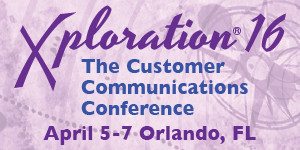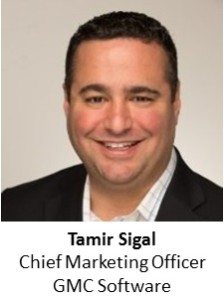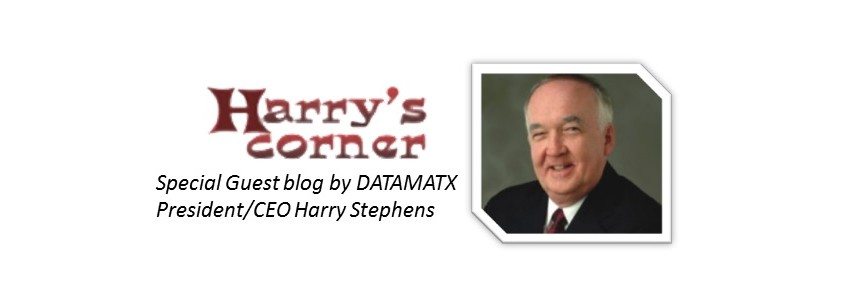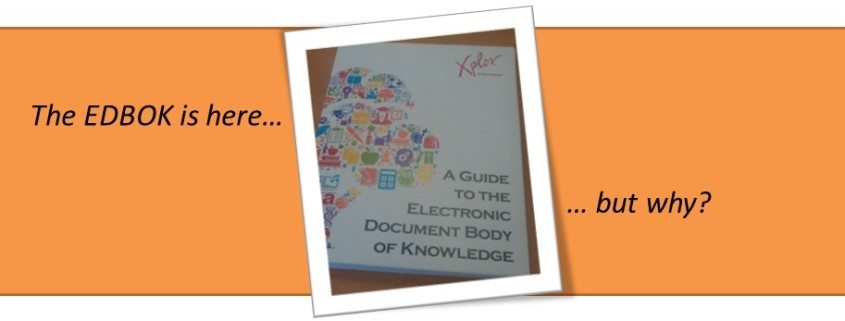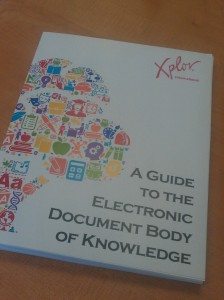Blog Submitted by Scott Bannor
The variety of technologies available for use in the customer communications arena has grown to the point where no doubt there’s something for everyone.
Whether you’re in IT and need a way to build high volume, transactional mailings or in marketing and need a way to create targeted direct mail you can be sure there’s a vendor that has just what you’re looking for.
But as far as I can tell so far there’s no technology that consistently delivers common sense to the process. Here’s what I mean…
Last week my wife and I received new credit cards from a bank with whom we’ve done business for several years. Since the new cards were unexpected – the expiration date for the old cards was more than a year off – I wondered why we had received them. I compared the numbers on the new cards to the numbers on the old ones. Surprisingly the number on my wife’s card was the same but the number on my card was different.
This made me even more curious. Why were we getting new cards before the expiration date and why was the number on my card different?
So to get these mysteries answered I did what hundreds – perhaps thousands – of other folks do. I called the bank’s customer service.
Now for the good news: They answered promptly. Even better – it was clear from the way they answered that the bank’s customer service was US-based (apologies to anyone reading this who’s not US-based). The pleasant young woman who answered asked me how she could help. I explained what my questions were and (it just keeps getting better) she knew the answers.
The reason we received new cards was because the bank was moving from mag-stripe to chip technology in their credit cards. I was happy to hear this because having traveled internationally I was aware of the fact that the US trails the rest of the world in this particular field. But what was the reason for the change to the numbers on my card? She explained it was because chip technology requires unique numbers on each card – even in the case of multiple cards on the same account.
So the mysteries were solved. The nice young woman asked, “Is there anything else I can help you with today?” and my customer communication industry professional came out.
I said, “Sure. I’m in the customer communication industry and I’ve actually been in your production print operation a number of times and am familiar with the technologies your bank uses in developing and producing customer communications. So how come you folks don’t put a notice in with the new cards that says something like, ‘Here are your new cards. We’re replacing your old cards because… Your numbers might be different because…’. Something as simple as that would go a long way toward driving down the number of phone calls like the one we’re having right now and save your company a lot of money.”
She said, “Yes, that’s right. A note has already been passed up to customer communications on this subject to see if there’s some way to drive down all the redundant calls we’re getting to answer these questions.”
In other words in spite of the fact that this bank has spent millions of dollars on all sorts of customer communication technologies no one thought the process through. No one stepped back to think about what customers would do when they receive new cards unexpectedly and / or their new cards have different numbers. No one thought about the back end cost of “all the redundant calls” their customer service group would have to handle because of the changes.
In other words the lack of common sense as it applies to this sort of process has a profound effect on the cost of customer communication as well as on how customers perceive companies with whom they do business.
By the time the folks in customer service passed a note to their colleagues in customer communications about it a lot of money had been needlessly spent. And of course, because of this the bank isn’t getting anywhere near the value they need out of those very expensive technologies.
I suspect the situation I’ve described is repeated time and again throughout the broad spectrum of customer communications and services. What can be done about it?
Is size the problem?
The problem, besides the absence of common sense lies in the fact that enterprises have become so large, complex and compartmentalized that it’s difficult maybe impossible, to connect all of the dots involved in customer communications and service.
Customer communications in itself is so complex and involve so many different constituencies and disciplines most enterprises are challenged to have a meaningful view into or an ability to control the entire process. Not to mention all of the different channels and all the different document types by which we communicate with customers.
For example let’s look at the process of sending out replacement credit cards. I think it’s safe to assume that in many cases the same organizations that produce credit cards also produce and send out documents such as letters, invoices and statements. In fact up to a point these processes employ many of the same technologies and concepts – databases, document composition systems, postal hygiene, production speed non-impact printing systems, etc.
Of course they diverge when it comes time to produce credit cards. I won’t go into the details on this. If your organization produces credit cards and you’re curious about how it’s done I’m sure you can easily learn about it. But once the cards are produced they’re affixed to what the industry calls “carriers”. Carriers are in effect, letters. The next time you receive a new or replacement card take the time to look at the carrier. If it was done “right” it should be personalized – at least in that it has your name, address and account number. More sophisticated operations may include other information specific to you such as your FICO score, your credit limit, etc.
But is the card issuer taking full advantage of this opportunity to communicate with you?
Would it be better for the bank as well as for their customers if (in addition to common sense) they had a way to allow people in customer communications to control the process of designing, approving and updating carriers Would it be especially effective if customer communications didn’t have to depend on IT to act as a conduit between them and their production print operations?
If the carrier my replacement cards were on had contained a message explaining the reasons for the replacement it almost certainly would have eliminated the need for my call to customer service. If the bank’s customer communications group had an easy way to manage the content of the carriers without having to rely on IT resources they would most likely be proactive rather than reactive in communicating with customers regarding changes of any sort.
I should point out here that I’ve suggested this approach to people who run companies the banks outsource credit card production to. I’m sorry to report that they haven’t yet seen the advantages of offering this sort of facility to the banks they work for. It seems they’re content to manufacture the cards and affix them to relatively generic carriers. In fact in many cases the carriers are printed in completely separate operations. This is just one more example of unconnected dots. But there’s more…
Technology silos = unconnected dots
In the past it’s been normal practice for enterprises to build technology silos to address specific needs. However, it no longer makes sense financially or process-wise to continue doing this as it is a major inhibitor to connecting the dots.
So it would make sense if a system that empowers customer communications people to take control of the design and content of credit card carriers could also be used to connect those users with enterprise data sources and enterprise content as well as allow them (and others throughout the organization) to take control of the design and content of other high value, critical customer communications. These may include depending on industry, acceptance/rejection letters, application forms, order forms, premium notices, statements, bills, etc., etc. – just about anything that affects the relationship between the organization and its customers.
It might also be advantageous if the system allowed business users to make the determination (assuming customer opt-in) of how the communication is delivered – print, email, text, web, mobile or social media – again without having to depend on IT involvement.
The right technology would even allow customer communications to get creative in how they send out updates. For example would it make sense to inform customers that new credit cards were coming their way before the cards are mailed? Some customers might want to know via text message, others via their social media. Would this help cut down on customer service calls from people with questions?
Once this sort of system is in place users would find all sorts of ways to improve how their organizations communicated with customers. And they might use common sense in its application.
It’s clear this approach would save considerable time and money and more importantly, make customers happier. The customer communications arena has lots of dots to connect – isn’t it time to start connecting yours?
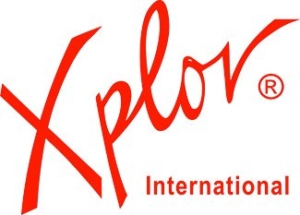


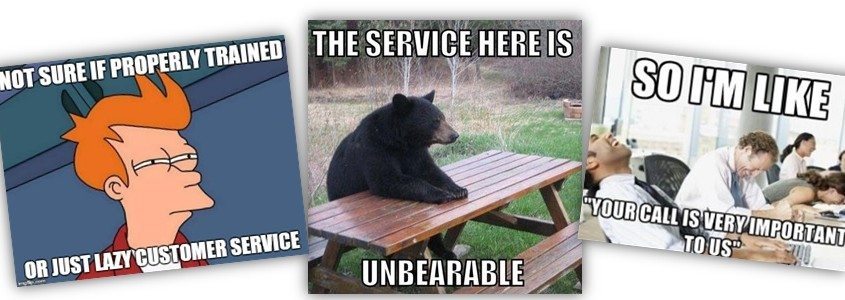
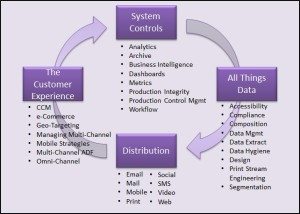 Customer Experience as well as the technologies and processes that surround it. I must admit in helping put together our 2016 Education Matrix, I learned a great deal in trying define both the concept of Customer Experience and the complex world surrounding it.
Customer Experience as well as the technologies and processes that surround it. I must admit in helping put together our 2016 Education Matrix, I learned a great deal in trying define both the concept of Customer Experience and the complex world surrounding it.